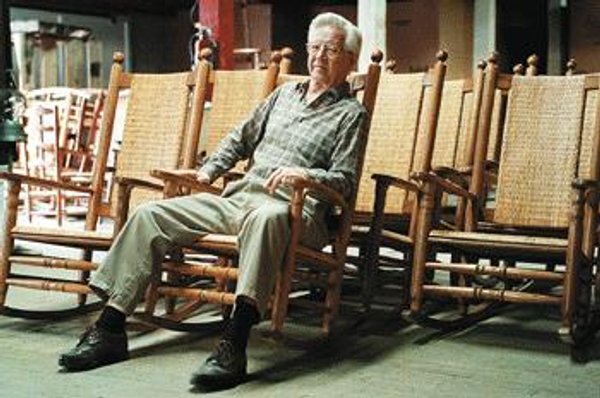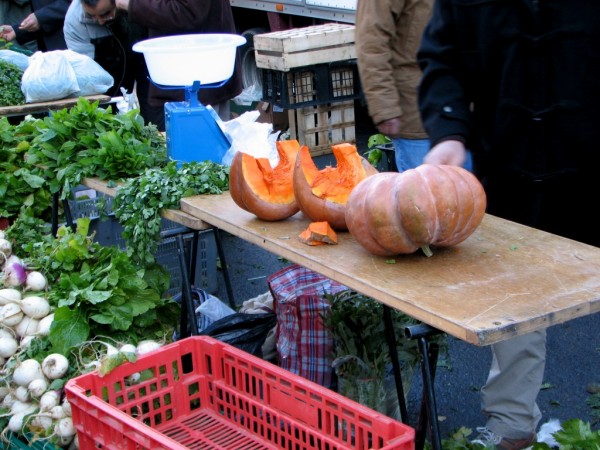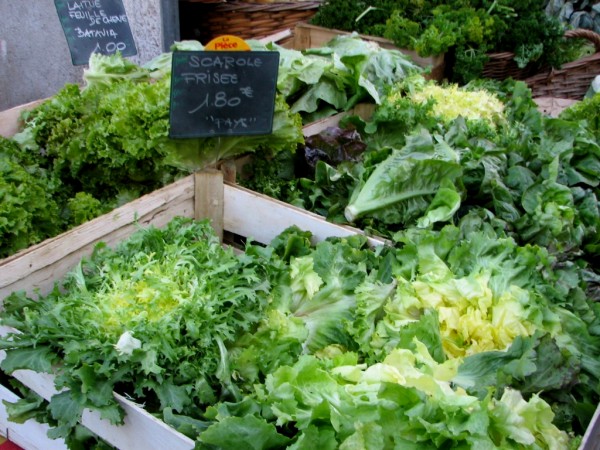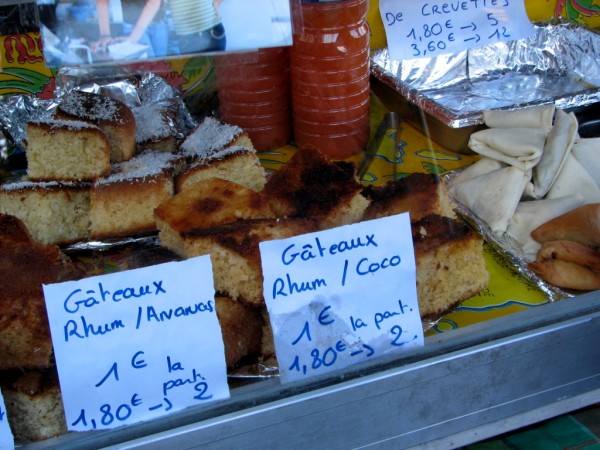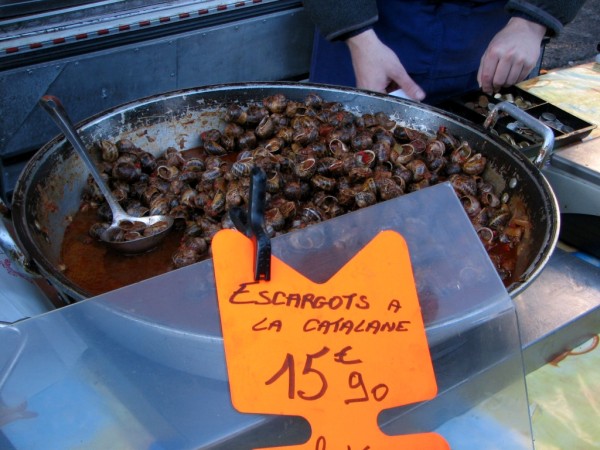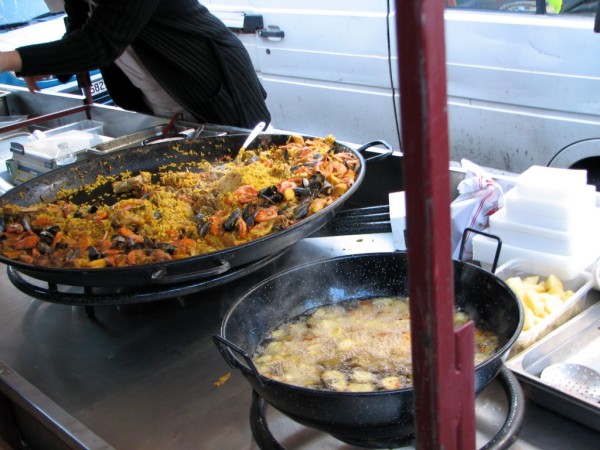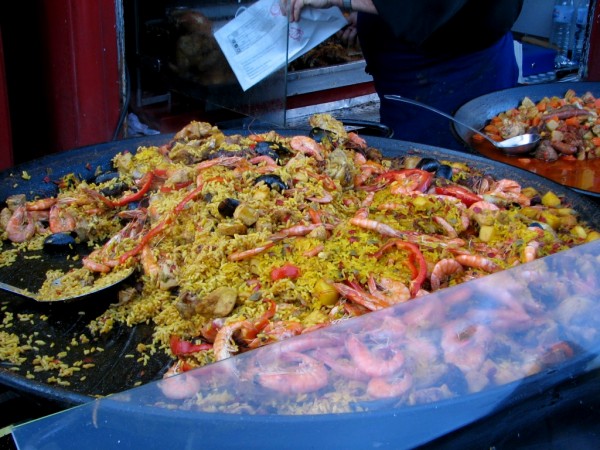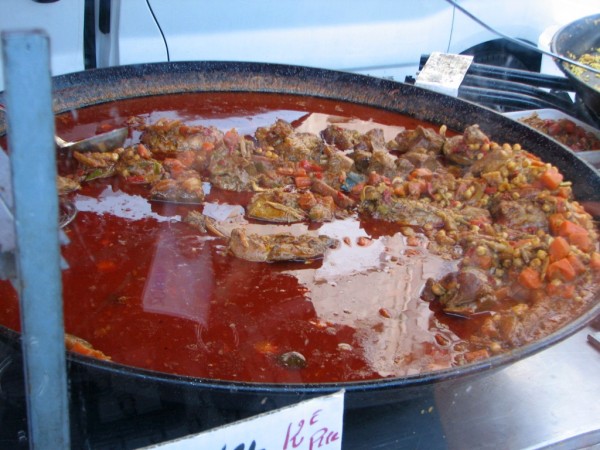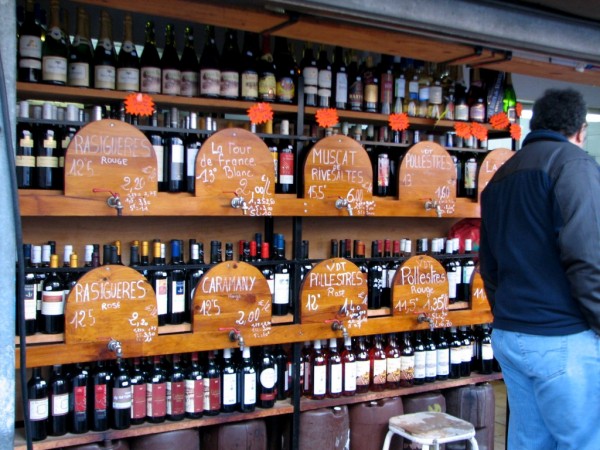The broccoli in my local grocery store today was beautiful, and cheap. I had it for supper, steamed, with a buttermilk dipping sauce. It was delicious and just seemed so substantial. It made me wonder if broccoli doesn’t have a significant amount of protein.
After supper, I checked. Indeed it does, about 15 grams per pound, close to a quarter of what you get with hamburger, per pound. So let’s do the math. If you need 60 grams of protein and 2,000 calories to get through your day (a good ration for those not doing heavy lifting), then four pounds of broccoli a day would supply you with all the protein you need. However, that would give you less than 600 calories. An astonishing 45 percent of the calories in broccoli is in protein, a very high protein-to-calorie ratio. You’d need almost two dozen oranges to make up the calories. The protein in the oranges would bring you to well over 75 grams. So, on twenty-two oranges and four pounds of broccoli a day, you could live for a very, very long time, with nice muscles.
About five hundred years, would be my guess. Substitute two glasses of red wine for three of the oranges, and you’d be looking at 800 high-quality years.
Too much broccoli for you? Then try about a pound of hamburger, a pound of broccoli, 18 oranges, and two glasses of red wine.
I’m sure that everyone realizes that this is just a tongue-in-cheek thought experiment in nutrition and not a diet recommendation.


